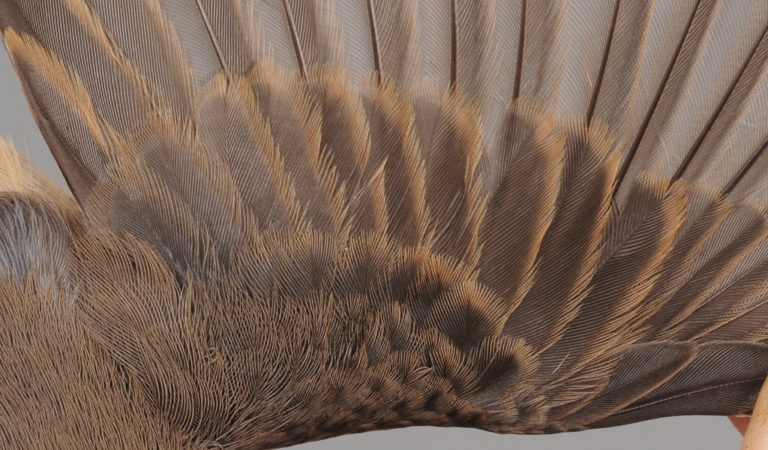

Common Redstart
AGE – BEST CRITERIA:

1cy (female) September. Females are generally more difficult to assess since the post-juvenile GC are more similar to the juveniles ones. In this bird, GC1-8 are juvenile (more worn and rusty-brown edges and a browner and less glosy centre) in contrast to post-juvenile GC9-10 (more fresh and olive-brown edges and a slightly more greyish-brown centre with better gloss). [CV06563]
Ringers’ DigiGuide is sponsored by:
Hemsidan producerad i samarbete med
BirdLife Sverige